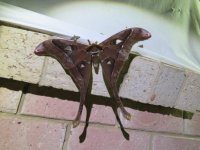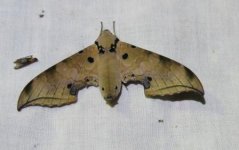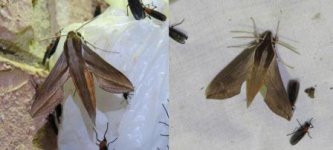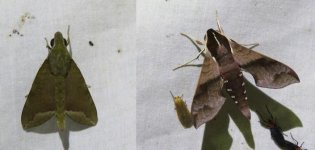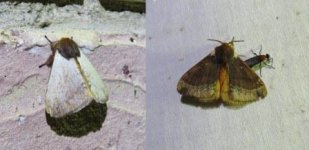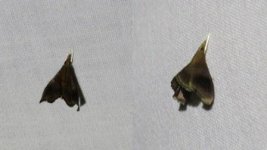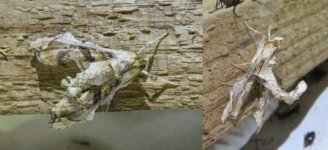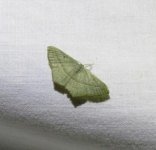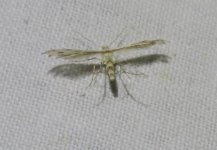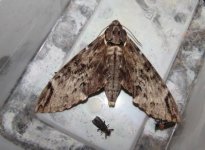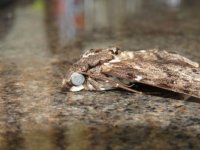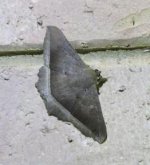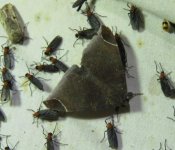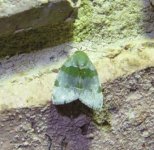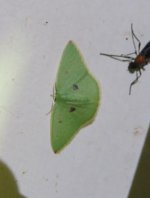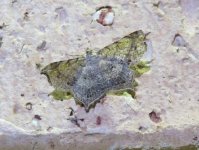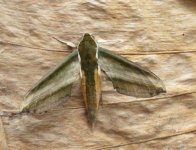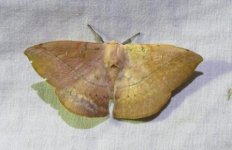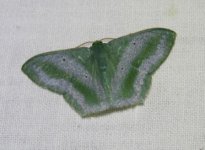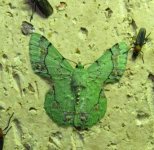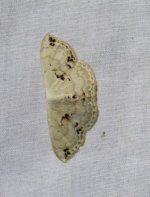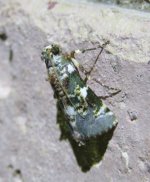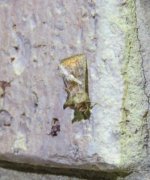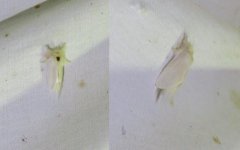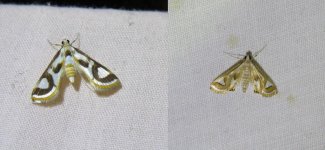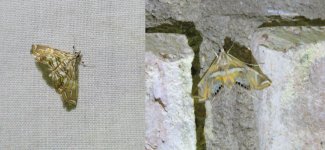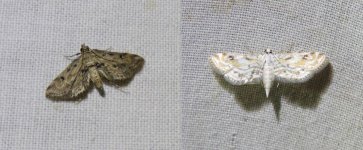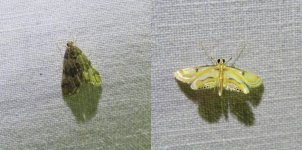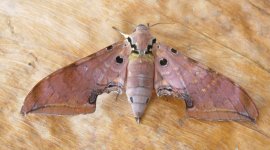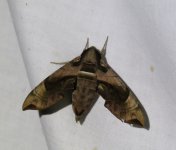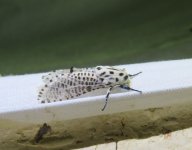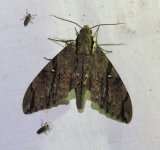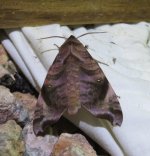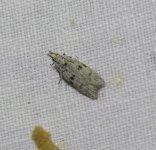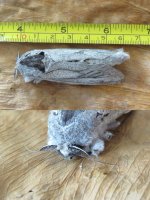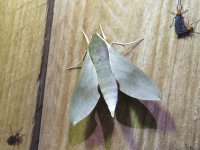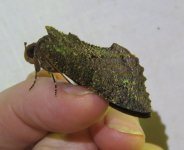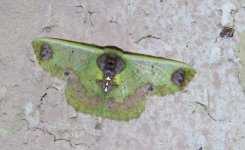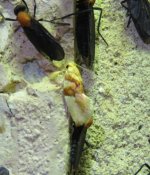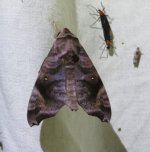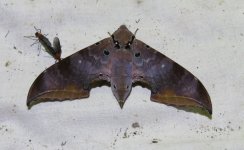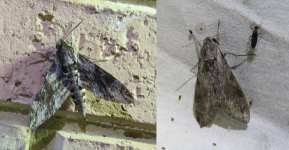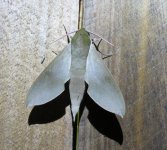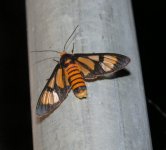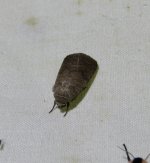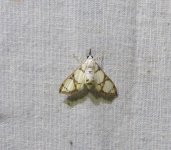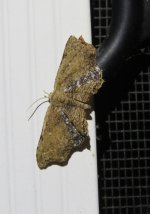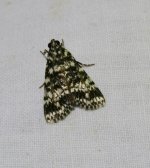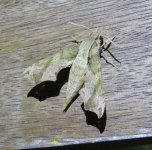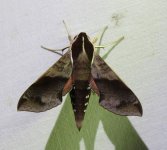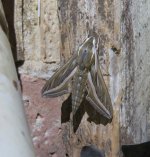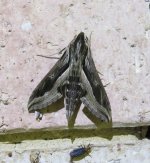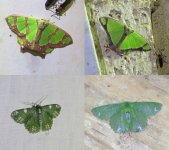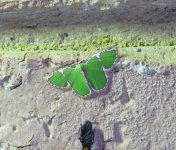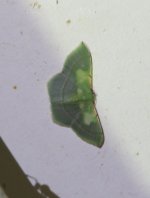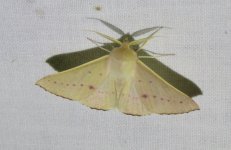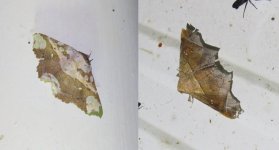My apologies for the total lack of posts just recently but I have been rather busy so I thought I would start a sole thread for the rest of the year and in future probably just stick to one thread a year...
To start this one off thought I would just give a few stats for 2016 and in particular from June on wards when we moved to our current house.
To date in 2016 (with NO data for period 28th March to 28th May) have ID'd 723 to either species or genus level
In the three months since moving to current house have recorded 524 species.
In addition I have over 30000 un identified photos to work through.
We are just starting to come out of winter here, although last night was very cold with temperatures dropping below 16oC which in the Tropics is freezing! On warm nights the sheet is starting to get busy with over 60 spp a night - Sphingidae have been particularly impressive with 19 species this month alone and 22 species in total for the garden - not bad for winter!
One of the highlights of the last few weeks has been the number of the Saturniidae Coscinocera hercules - this is a male from earlier in August.
I will try and post more regularly from now on but am in danger of getting swamped with moths when the season starts properly in the next few weeks!
To start this one off thought I would just give a few stats for 2016 and in particular from June on wards when we moved to our current house.
To date in 2016 (with NO data for period 28th March to 28th May) have ID'd 723 to either species or genus level
In the three months since moving to current house have recorded 524 species.
In addition I have over 30000 un identified photos to work through.
We are just starting to come out of winter here, although last night was very cold with temperatures dropping below 16oC which in the Tropics is freezing! On warm nights the sheet is starting to get busy with over 60 spp a night - Sphingidae have been particularly impressive with 19 species this month alone and 22 species in total for the garden - not bad for winter!
One of the highlights of the last few weeks has been the number of the Saturniidae Coscinocera hercules - this is a male from earlier in August.
I will try and post more regularly from now on but am in danger of getting swamped with moths when the season starts properly in the next few weeks!




